In the modern steel pipe industry, two of the most commonly used types of welded pipes are HFW (High-Frequency Welded) pipes and
LSAW steel pipes. Both play critical roles in the oil and gas, construction, and infrastructure sectors, but their manufacturing processes, performance characteristics, and applications differ significantly.
This article explores the key differences between HFW and LSAW pipes in terms of production methods, raw materials, technical characteristics, and usage scenarios. Understanding these differences can help engineers, procurement managers, and end users make informed decisions when selecting the right pipe for specific projects.
What is LSAW steel pipe?
LSAW steel pipe has a single longitudinal weld seam on the pipe body. For diameters greater than 914mm, two weld seams are permitted. It is welded using submerged arc welding with a filler wire. Submerged arc straight seam steel, abbreviated as ASWL, uses flux-shielded welds. The most distinctive feature of submerged arc straight seam steel pipe is the use of an external welding wire for arc fusion and a submerged arc welding flux.
HFW Pipe (High-Frequency Welded Pipe)
HFW pipe is a type of Electric Resistance Welded (ERW) steel pipe that uses high-frequency current to heat the edges of the steel strip before joining them together through pressure. The process does not involve filler materials or flux.Because of its high production speed, smooth surface finish, and dimensional accuracy, HFW pipe is widely used for medium-pressure fluid transmission, such as oil, gas, water, and structural applications in buildings and bridges.
Features of HFW Pipe:
Manufactured from hot-rolled or cold-rolled steel coils
Welding performed by high-frequency induction or contact welding
Generally produced in smaller diameters (≤ 24 inches)
Common standards:
API 5L,
ASTM A53, EN 10217
What’s the Difference Between HFW and LSAW Pipes?
1. Differences in Raw Materials
HFW pipes are produced using hot-rolled or cold-rolled steel strips (coil) with a maximum width of up to 1500 mm, which makes them more cost-effective.HFW pipe raw material: steel coil (≤1500 mm width, lower cost)
LSAW pipes, on the other hand, use narrow-rolled coils (minimum 1250 mm width), medium plates, or thick plates as raw materials. These plates are cut and formed individually, resulting in higher material costs but also higher pipe strength and reliability.LSAW pipe raw material: steel plate (≤1250 mm width, higher cost and strength)
2.Differences in Forming Process
LSAW Pipe Forming – JCOE ProcessLSAW pipes are formed using the JCOE cold-press forming method, which gradually shapes the steel plate in stages of J → C → O → E.Each press step bends about 50 mm of the plate at a time until the desired cylindrical shape is achieved.This process ensures accurate shaping, uniform wall thickness, and strong weld alignment.
HFW Pipe Forming – Continuous Roll FormingHFW pipes are formed using a multi-pass roll forming process. The steel strip passes through a series of rollers that gradually bend it into a round shape. The pipe edges are then aligned and pressed together before welding.This method features continuous production and high efficiency, suitable for mass production of thinner pipes.
3.HFW Welding Process:The HFW process uses the high-frequency skin effect to heat the edges of the strip rapidly. The edges reach a plasticized state within milliseconds and are then fused together under mechanical pressure, forming a strong bond without filler material or flux.
LSAW Welding Process:LSAW pipes are welded using the submerged arc welding (SAW) method, where filler wire and flux are used to generate a deep, strong weld. Welding is carried out on both sides — inside and outside — to ensure full penetration and excellent strength.
4.Differences in Production Line and Efficiency
The HFW pipe production line is a continuous, automated process, featuring an uninterrupted workflow from uncoiling to welding and cutting. This enables high production speed and low labor intensity, making HFW pipe production highly efficient.
In contrast, LSAW pipe production lines are batch-based systems consisting of more than 15 separate processes, including edge milling, forming, internal/external welding, heat treatment, and testing. This makes the process slower but ensures high quality and strength.
5.Differences in Size Range and Specifications
HFW pipes are typically used for smaller diameters and thinner walls, generally up to 24 inches (610 mm) in diameter.
LSAW pipes can be produced in a wide diameter range from 325 mm to 1600 mm, with wall thicknesses up to 80 mm.
Thus, HFW pipes are more common in light-duty and medium-pressure applications, while LSAW pipes are designed for heavy-duty and high-pressure use.
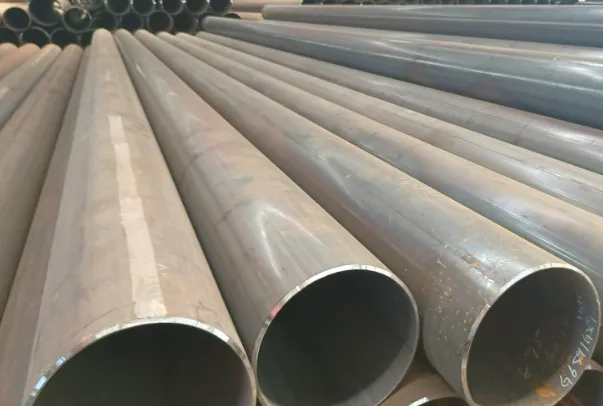
How to distinguish high-frequency and submerged arc straight seam steel pipes?
In the industry, high-frequency straight seam steel pipes and submerged arc straight seam steel pipes have distinct appearance differences, primarily in their appearance and welds. High-frequency steel pipes are smooth and flat, free of scale. The weld shedding of high-frequency straight seam steel pipes is characterized by a squishy, jagged, irregular weld seam. This weld seam is scraped off before shipment, leaving a relatively smooth weld removal mark. Submerged arc straight seam steel pipes exhibit slight stripe-shaped indentations, primarily located within the pipe. Submerged arc straight seam steel pipes have a neat weld shedding that is 1-3mm higher than the base material. The weld seam can be ground off at the customer's request before shipment, leaving clear grinding marks.
What are the differences in the implementation standards for high-frequency and submerged arc welded steel pipes? In terms of implementation standards, the two types of steel pipes can implement the same implementation standards: GB/T3091-2208, GB/T9711.1-2011, GB/T9711.1-2001, API 5L PSL1, API 5L PSL2; However, the certification certificates of the two types of steel pipes are completely different. The relevant certificates of high-frequency steel pipes are designated for "ERW", and the relevant certificates of submerged arc welded steel pipes are designated for "ASWL".






 English
English Español
Español بالعربية
بالعربية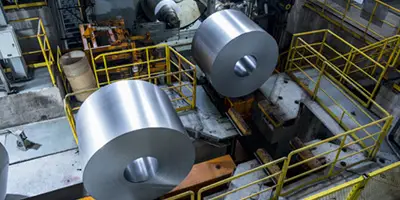
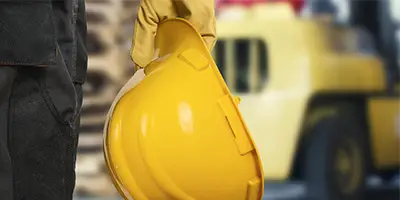
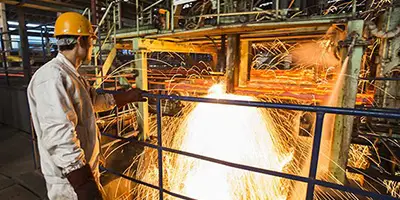
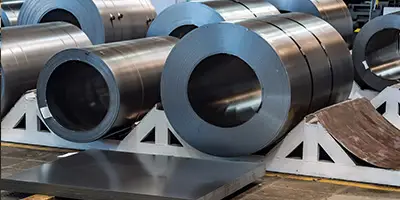

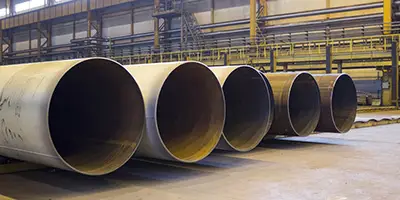
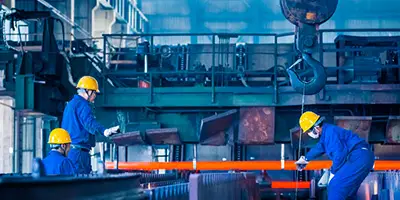
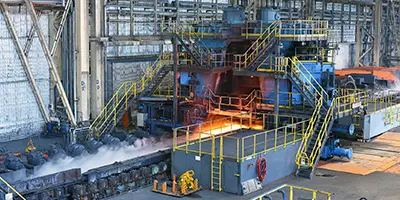
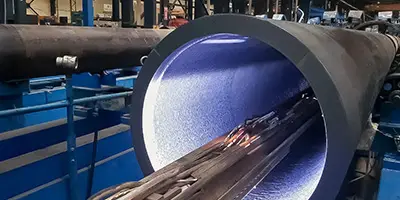
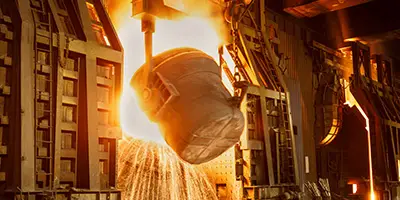
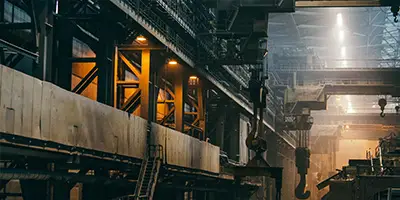

 Phone :
Phone :  Whatsapp :
Whatsapp :  Email :
Email : 


